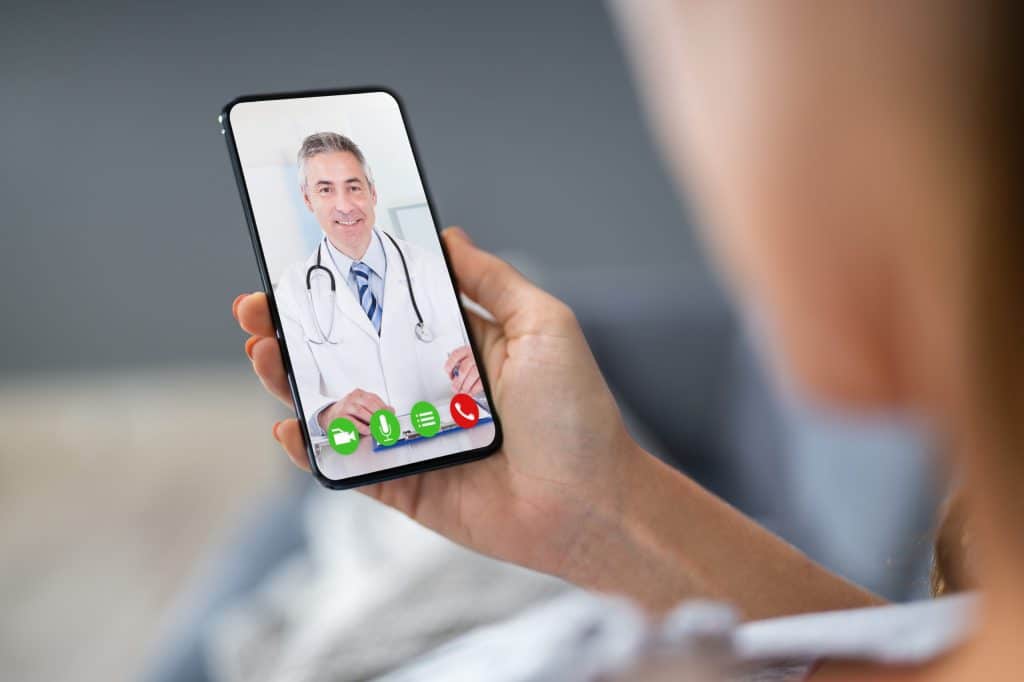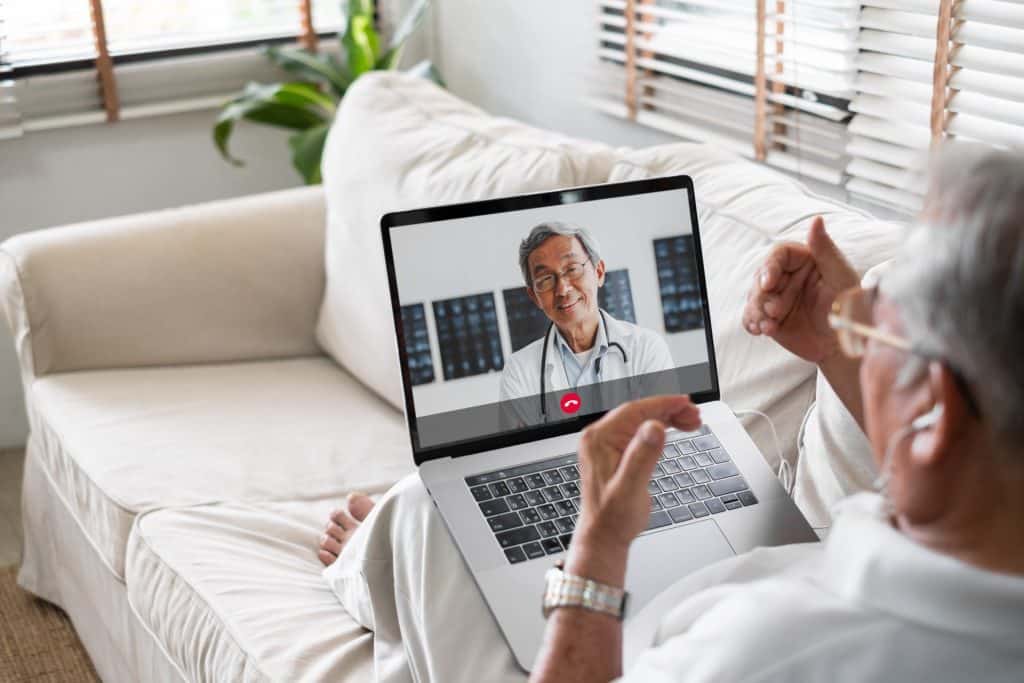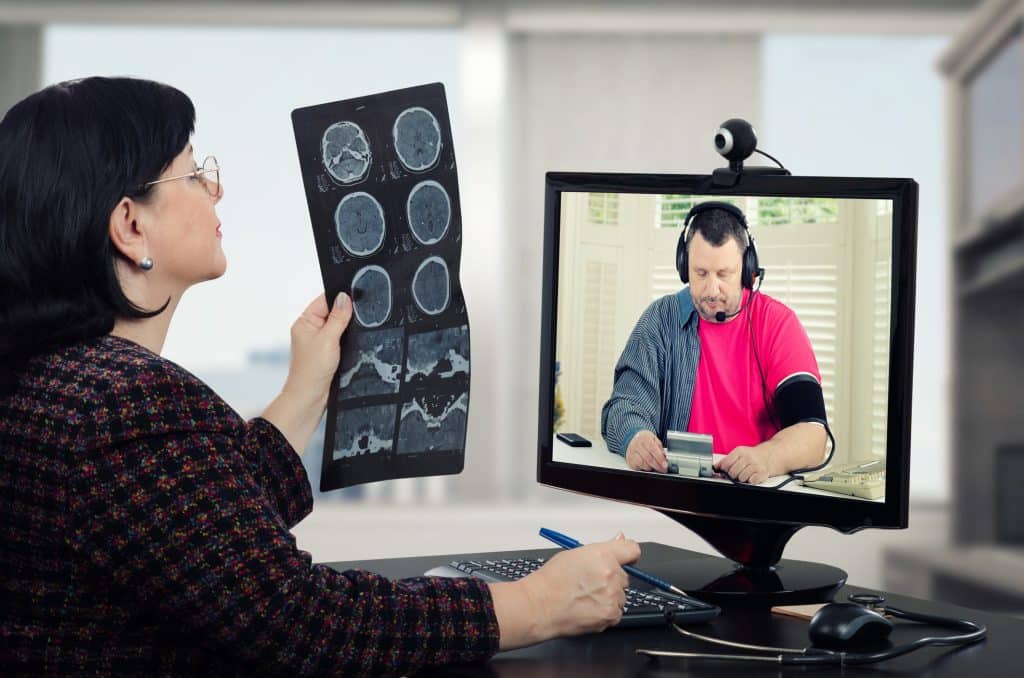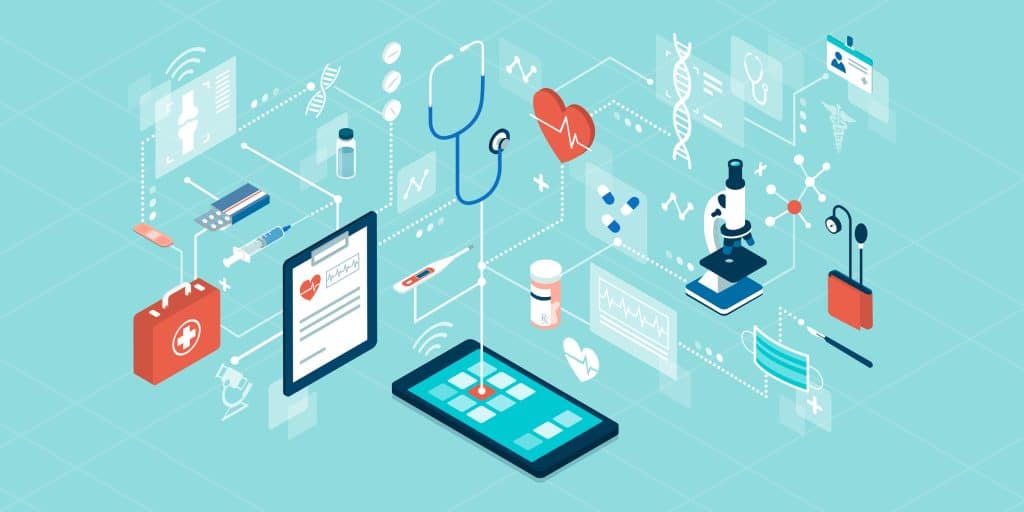Telemedicine and remote healthcare have emerged as pivotal elements in the ever-evolving healthcare landscape. This transformation, fueled by technological advancements and a global shift towards digital solutions, has redefined patient care and accessibility. Once a niche sector, telemedicine is now a cornerstone of modern healthcare delivery, offering unprecedented convenience and efficiency. This article delves into the multifaceted world of telemedicine, exploring its rise, the technological innovations driving it, its impact on patient accessibility, and its implications on healthcare quality. By dissecting these aspects, we comprehensively understand telemedicine’s role in advancing healthcare.
Contents
- 1 The Rise of Telemedicine
- 2 Technological Innovations Driving Telemedicine
- 3 Patient Accessibility and Telemedicine
- 4 Telemedicine and Healthcare Quality
- 5 Data Security and Privacy in Telemedicine
- 6 Regulatory Landscape and Telemedicine
- 7 Economic Implications of Telemedicine
- 8 Telemedicine and Mental Health
- 9 The Bottom Line
The Rise of Telemedicine

Telemedicine, delivering healthcare remotely, has seen a meteoric rise in recent years. Initially, it was a solution for reaching remote or underserved areas, but it has evolved into a mainstream healthcare service. Technological advancements and a growing acceptance among patients and healthcare providers have propelled this transformation. Telemedicine’s rise can be attributed to its ability to bridge geographical barriers, providing medical care to those who might otherwise have limited or no access. Furthermore, it has proven invaluable when traditional healthcare is disrupted, such as during pandemics or natural disasters.
The widespread adoption of telemedicine signifies a paradigm shift in healthcare delivery. It’s no longer just an alternative; it’s becoming an integral part of the healthcare system. This shift is evident in the increasing number of hospitals and clinics incorporating telemedicine services. Its convenience and efficiency have made it a preferred option for many, particularly for routine consultations and follow-up visits. Telemedicine’s growth reflects a broader trend toward digitalization in healthcare, signaling a future where remote and in-person care coexist seamlessly.
Technological Innovations Driving Telemedicine

Technological innovations are the backbone of telemedicine’s rapid growth. Advancements in telecommunications, such as high-speed internet and mobile connectivity, have made it possible to deliver healthcare services in real time, regardless of distance. Integrating Artificial Intelligence (AI) and Machine Learning (ML) has enhanced telemedicine by enabling more accurate diagnoses, personalized treatment plans, and efficient patient management. These technologies help interpret medical data, predict health trends, and even assist in remote surgeries.
Moreover, the Internet of Things (IoT) is crucial in telemedicine. Wearable devices and health monitors can transmit vital health data directly to healthcare providers, facilitating continuous patient monitoring without hospitalization. This real-time data collection is vital for chronic disease management, post-operative care, and preventive healthcare. As these technologies evolve, they expand telemedicine’s capabilities, making healthcare more accessible, personalized, and efficient.
Patient Accessibility and Telemedicine

Patient accessibility is one of the most significant benefits of telemedicine. It eliminates the need for physical travel, making healthcare services accessible to people in remote or rural areas. This aspect of telemedicine is particularly crucial for patients with mobility issues or those who require frequent medical attention. By bringing healthcare to the patient’s doorstep, telemedicine reduces the time and costs associated with traditional healthcare visits, making healthcare more inclusive and equitable.
Telemedicine also addresses the issue of healthcare disparities. Providing remote access to specialists and advanced healthcare services bridges the gap between urban and rural healthcare facilities. This is especially important in regions with a scarcity of medical professionals or specialized care. Telemedicine’s ability to provide quality healthcare services regardless of location is a key factor in its growing popularity and acceptance.
Telemedicine and Healthcare Quality

The impact of telemedicine on healthcare quality is a subject of ongoing discussion. On one hand, it offers numerous advantages, such as improved access to care, reduced waiting times, and enhanced patient engagement. These benefits contribute to better overall patient outcomes and satisfaction. Telemedicine allows continuous monitoring and timely intervention, which is particularly beneficial for chronic disease management and preventative care.
However, there are concerns about the limitations of remote consultations, such as the inability to perform physical examinations. To address this, many telemedicine platforms incorporate advanced diagnostic tools and interactive features to replicate in-person visits as closely as possible. Integrating telemedicine into mainstream healthcare encourages reevaluating traditional care models, focusing on a more patient-centric approach. As telemedicine continues to evolve, it is expected to play a significant role in enhancing the overall quality of healthcare.
Data Security and Privacy in Telemedicine

With the increasing reliance on telemedicine, data security, and patient privacy concerns have come to the forefront. The nature of telemedicine, which involves transmitting sensitive medical data over the internet, makes it susceptible to cyber threats. Ensuring the confidentiality and integrity of patient information is crucial, as any breach can have serious implications.
Healthcare providers and telemedicine platforms are implementing robust security measures, such as encryption, secure data storage, and strict access controls, to protect patient data. Moreover, there is a growing emphasis on educating patients and healthcare providers about best practices for maintaining data security in telemedicine. This includes using secure networks, regular software updates, and being vigilant about potential cyber threats. Despite these challenges, the telemedicine industry is continually evolving to address these concerns, striving to create a secure and trustworthy environment for remote healthcare delivery.
Regulatory Landscape and Telemedicine

The regulatory landscape for telemedicine is complex and varies significantly across regions. Governments and healthcare authorities are working to develop regulations that ensure the safe and effective use of telemedicine while also promoting innovation in this field. Key regulatory concerns include licensing of healthcare providers, cross-border healthcare delivery, reimbursement policies, and standards for telemedicine services.
Adapting existing healthcare laws to accommodate telemedicine’s unique aspects is a significant challenge. Regulations must ensure patient safety and privacy and foster an environment conducive to technological advancements. As telemedicine continues to grow, we will likely see more comprehensive and harmonized regulatory frameworks emerging nationally and internationally.
Economic Implications of Telemedicine

Telemedicine’s impact on the healthcare economy is profound. It has the potential to significantly reduce healthcare costs by decreasing the need for physical office space, optimizing resource allocation, and reducing travel expenses for both patients and healthcare providers. This translates to lower healthcare costs and increased access to specialist care for patients, especially those in remote areas.
However, the initial investment in telemedicine infrastructure and technology can be substantial. Healthcare providers need to consider the cost-benefit ratio of implementing telemedicine services. Despite these initial costs, the long-term economic benefits of telemedicine, such as improved healthcare outcomes and increased efficiency, are significant. As technology becomes more affordable and accessible, the economic viability of telemedicine will continue to improve.
Telemedicine and Mental Health

Telemedicine is revolutionizing mental health care by providing easier access to psychiatric services, especially for individuals in remote or underserved areas. It enables timely support for mental health issues, which is crucial in reducing the stigma surrounding mental health care and encouraging people to seek help. Virtual consultations with mental health professionals can be as effective as in-person sessions, providing patients with a comfortable and convenient option.
One of the key challenges in telemedicine for mental health is establishing a strong therapeutic relationship remotely. This requires mental health professionals to adapt communication techniques and utilize technology effectively to engage with patients. As telemedicine becomes more prevalent in mental health care, training and guidelines for providers are evolving to ensure quality and effective care.
The Bottom Line
Telemedicine and remote healthcare represent a significant advancement in how healthcare is delivered. From increasing patient accessibility to enhancing healthcare quality, the impact of telemedicine is widespread and transformative. Despite challenges in data security, regulatory complexities, and economic implications, the future of telemedicine is bright and holds immense potential. As we navigate this evolving landscape, it is crucial to continue fostering innovations while ensuring equitable access and maintaining the highest standards of patient care. Telemedicine, in its essence, is not just a technological marvel but a means to a more inclusive, efficient, and patient-centered healthcare system, paving the way for a healthier, more connected world.


